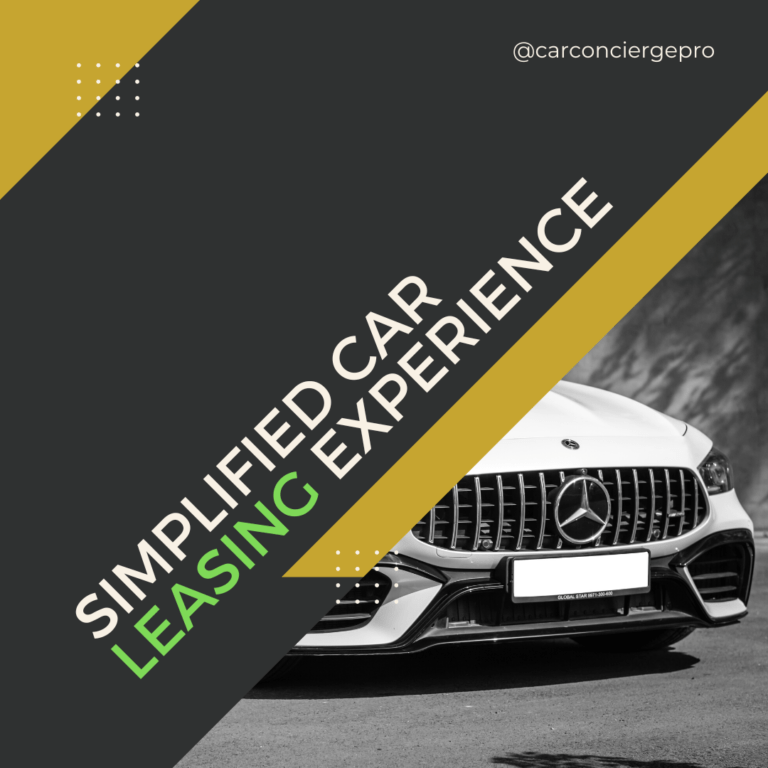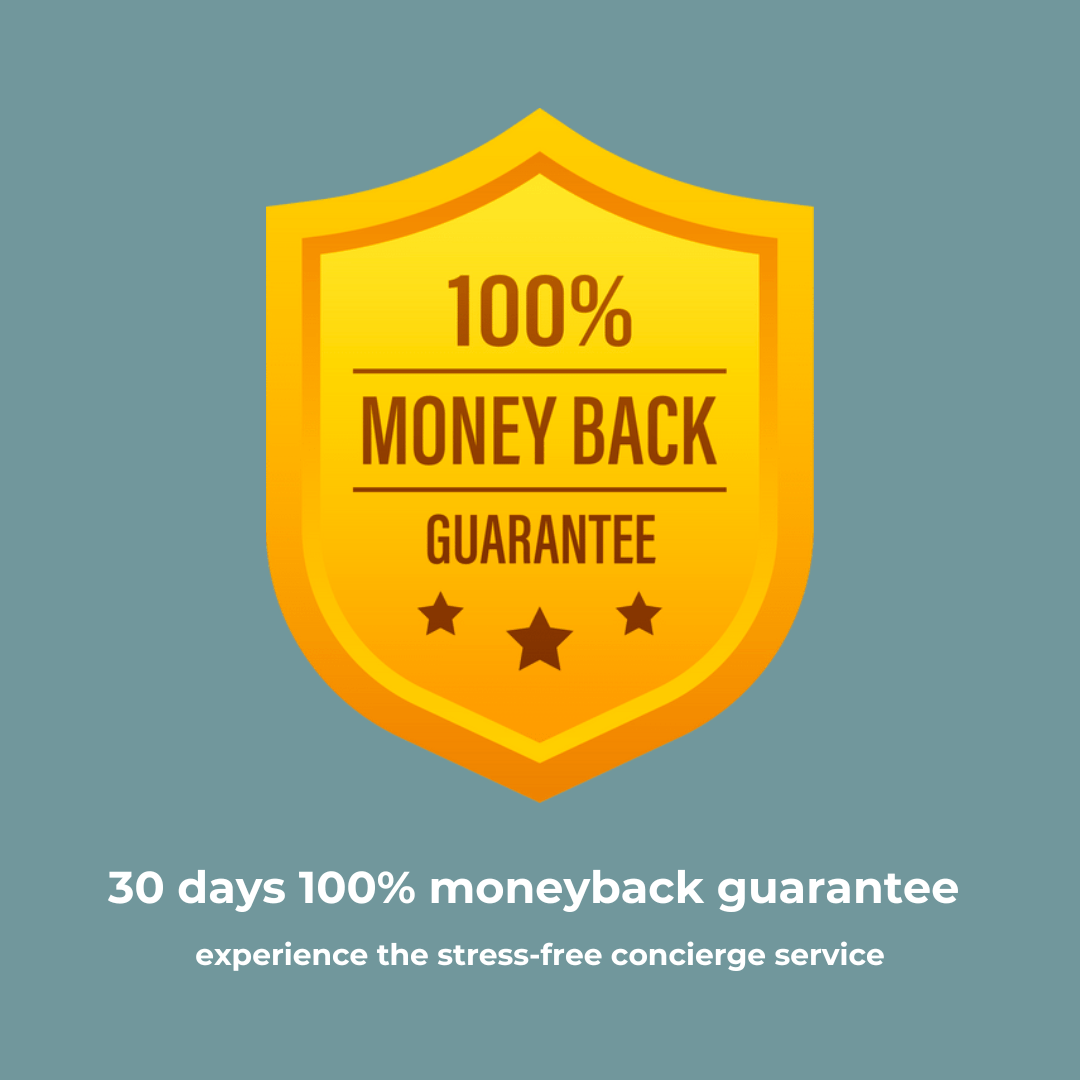Table of Contents
ToggleIntroduction
The Lease Buyout Rate (LBR) is a critical factor in the automotive industry, influencing decisions made by both consumers and manufacturers. Whether you are leasing a car or considering purchasing it at the end of your lease term, understanding LBR can help you make an informed financial decision.
In the broader automotive sector, LBR affects vehicle sales, leasing strategies, and manufacturer profits. This article delves deep into what LBR is, why it matters, how it relates to government policies, and common misconceptions surrounding it.
What is Lease Buyout Rate (LBR)?
Definition and Components
Lease Buyout Rate (LBR) refers to the interest rate applied when a lessee opts to buy their leased vehicle at the end of the lease term instead of returning it to the dealership. The buyout price is typically predetermined in the lease agreement and includes several factors:
- Residual Value: The estimated value of the car at the end of the lease term.
- Money Factor/Interest Rate: The financing charge associated with the buyout.
- Taxes and Fees: Additional charges that may apply based on state regulations and dealership policies.
Example of LBR Calculation
Suppose a car was leased with an original MSRP of $40,000, and the residual value at lease-end is set at $22,000. If a lender offers a lease buyout financing option at an LBR of 5%, the monthly payment would be calculated based on this interest rate.
A lower LBR makes financing a lease buyout more affordable, whereas a higher LBR increases costs.
Streamline Your Car Buying Experience Today
Let Car Concierge Pro handle the details while you enjoy a hassle-free, personalized car buying journey from start to finish.
Why is Lease Buyout Rate Important?
For Car Buyers
- Flexibility: Gives lessees the option to keep a car they like rather than returning it.
- Cost Management: A favorable LBR can make ownership financially viable.
- Avoiding Extra Fees: If the vehicle has excessive wear and tear or mileage overage, buying it outright may be cheaper than returning it.
For Automakers and Dealerships
- Revenue Stream: Higher LBRs can be a source of profitability for automakers and lending institutions.
- Inventory Management: Encouraging buyouts can prevent excessive used car inventory buildup.
- Customer Retention: Buyout options create loyalty, increasing the likelihood of future brand purchases.
LBR and Government Contracting
Government regulations significantly influence LBR by setting policies related to interest rates, leasing agreements, and vehicle buyouts. Key areas include:
- Consumer Protection Laws: Agencies such as the Federal Trade Commission (FTC) oversee fair lease practices, preventing predatory financing.
- Environmental Incentives: Programs like the Clean Vehicle Credit offer benefits to lessees and buyers of electric and hybrid vehicles, sometimes affecting residual values.
- Federal and State Tax Implications: Lease buyouts may involve additional state-specific taxation, impacting affordability.
- Corporate Fleet Leasing: Government agencies lease thousands of vehicles annually, and LBR plays a crucial role in whether they retain or return fleet vehicles.
Frequently Asked Questions (FAQs)
1. What is LBR, and how does it work?
Lease Buyout Rate (LBR) is the interest rate applied when a lessee chooses to purchase their leased vehicle instead of returning it. The buyout price includes the residual value, applicable fees, and financing costs.
2. Why is LBR important for car manufacturers or buyers?
LBR influences the affordability of buying out a lease. A competitive rate can attract more lease-to-own customers, benefiting automakers, dealerships, and financial institutions.
3. Are there regulations or standards related to LBR?
Yes, LBR is regulated by federal consumer protection laws and state-specific financing rules to ensure fair lending practices.
4. How does LBR impact the car industry?
LBR affects leasing trends, manufacturer strategies, and dealership sales. Competitive buyout rates can boost customer retention and influence vehicle inventory turnover.
Common Misconceptions About Lease Buyout Rate
1. “LBR is the same as a loan interest rate.”
While both involve interest, LBR applies specifically to financing lease buyouts and is often influenced by the leasing company, rather than standard auto loan rates.
2. “A lower residual value always means a better buyout deal.”
Not necessarily. A lower residual value might indicate a higher depreciation rate, meaning the car’s overall value may not justify the buyout cost.
3. “LBR is fixed and non-negotiable.”
LBR can vary based on credit scores, lender terms, and market conditions. Negotiating with lenders may result in better financing options.
4. “It’s always cheaper to return a lease than buy it out.”
Depending on the vehicle’s market value, a lease buyout might be a financially smarter option, especially if the residual value is lower than the car’s current worth.
Conclusion
The Lease Buyout Rate (LBR) is a crucial financial factor in the automotive industry, impacting consumers, dealerships, and manufacturers alike. A well-structured lease buyout can be beneficial when properly evaluated against market conditions and financing options.
As the industry continues to evolve with new financing models and electric vehicle incentives, understanding LBR will remain essential for informed car-buying decisions. Stay updated on lease buyout trends and consult with financial advisors before making a commitment.
Schedule a Demo >



 and Canada
and Canada 




